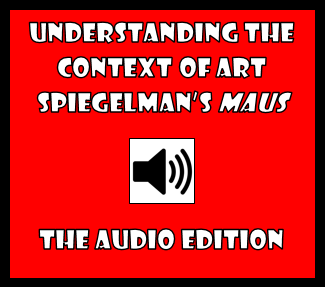The "Word and Image" Activity
3/20/2014
DescriptionStudents create a visual representation of an historical figure, famous scientist or thinker, literary character or individual related to the discipline they are studying and use symbolic elements in order to convey something about that character’s personality, mindset, nature, or temperament. Once they have done this, they write a reflection that explains how these symbolic elements help us to better understand the character in question. SkillsCritical Thinking, Metacognition, Making Connections PurposeBy the end of the activity, students should understand something about how symbolic language can help us understand the visual representation of a character or individual, how symbolic language is similar to and different from orthographic language, and how words and images can have a genuinely emotive power in a given context. Critical Thinking Questions
Metacognition Questions
How Visual Narrative Can Foster Inquiry in This ActivitySome critics have argued that graphic novels derive their power from a rather unique quality—their lack of photographic realism. When looking at a photograph, for instance, we are acutely aware that we are only looking at a photograph. We are not witnessing the events taking place or the people affected by them in real time, because the photograph tells us that these things have already happened. In a graphic novel or story, however, things are not so clear. We are more likely to accept that when we see little Marji in Marjane Satrapi’s Persepolis, we are actually looking at a “real person.” The cartoonish nature of the representation has the opposite effect we think it might. Because it’s obviously a cartoon, our minds don’t wrestle with the question of whether it’s the actual character or only his or her representation. So, we don’t tell ourselves that this line drawing isn’t really Marjane Satrapi. We just accept that it is.
0 Comments
Your comment will be posted after it is approved.
Leave a Reply. |
Glen DowneyDr. Glen Downey is an award-winning children's author, educator, and academic from Oakville, Ontario. He works as a children's writer for Rubicon Publishing, a reviewer for PW Comics World, an editor for the Sequart Organization, and serves as the Chair of English and Drama at The York School in Toronto. If you've found this site useful and would like to donate to Comics in Education, we'd really appreciate the support!
Archives
February 2019
|




 RSS Feed
RSS Feed
